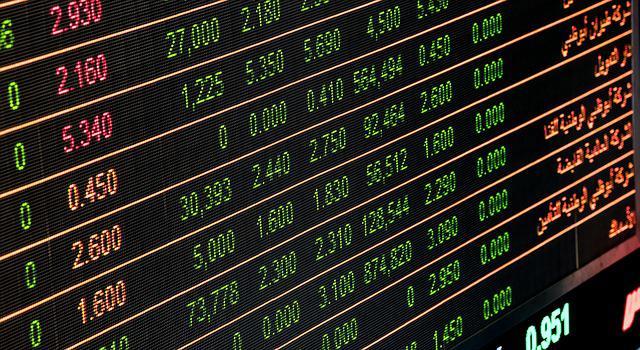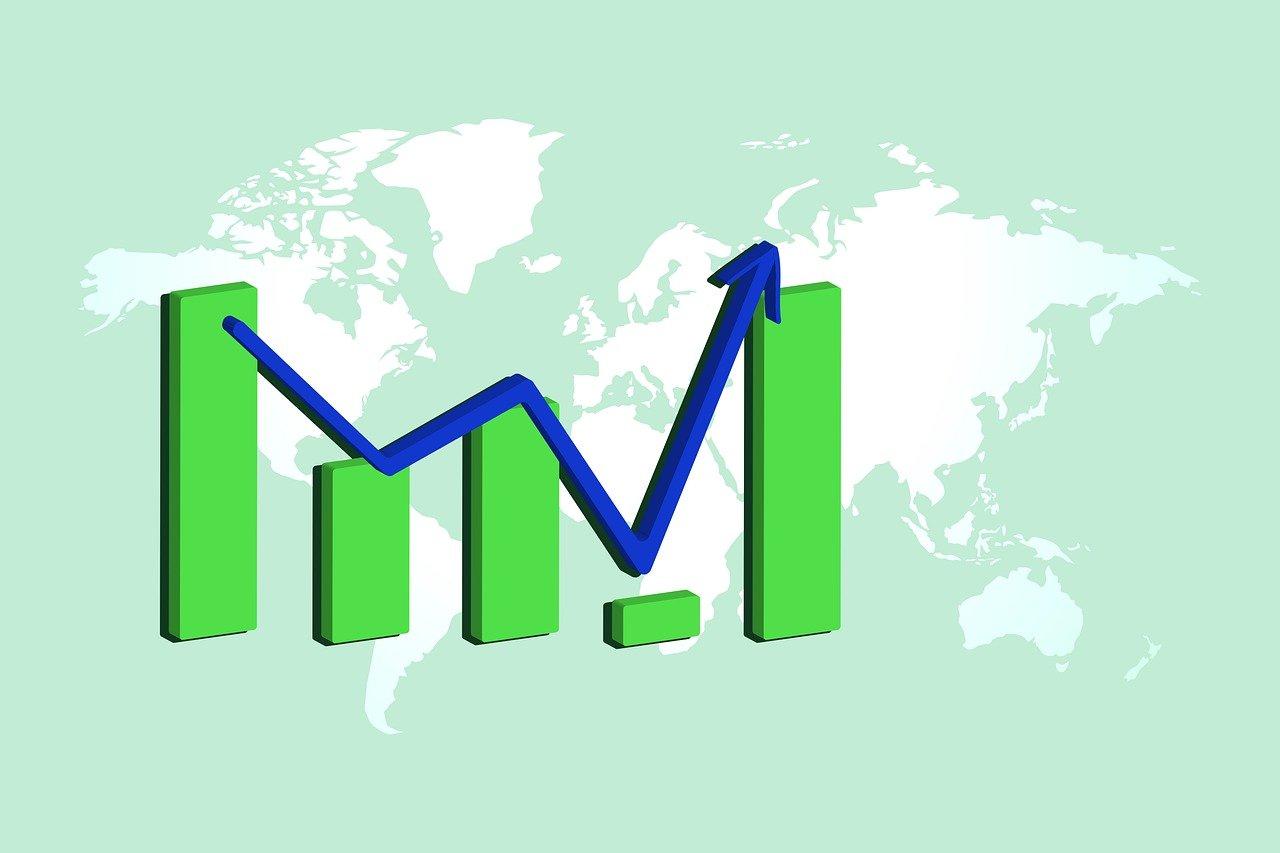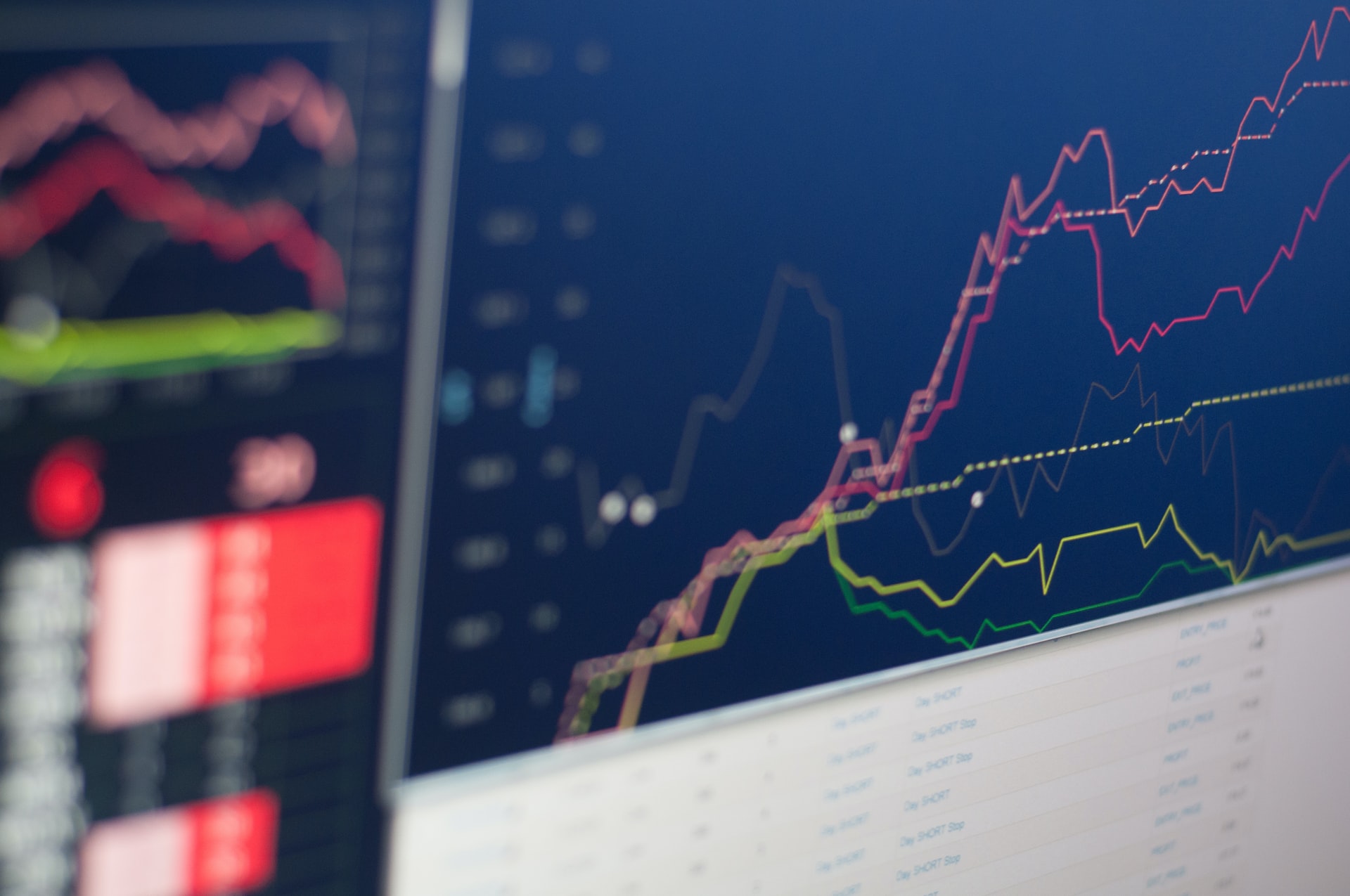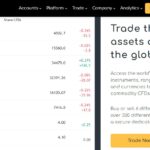The forex market never sleeps, presenting a continually changing but exciting investment opportunity. Best suited to quick thinking, and strategic traders, the forex market provides access to the world’s largest liquid market.
Experience in foreign exchange is vital to ensure a profit is made. For most traders, it is not enough to rely on instincts. Instead, a detailed strategy is essential for success. There is a vast quantity of data available, so there are plenty of ways to make reliable predictions before investing.
Forex analysis strategies
Currently, two strategies are used by expert forex market traders.
- Fundamental analysis
- Technical analysis
Technical analysis is currently the most widely used strategy for analyzing the forex market. In most cases, it has largely replaced other analytical strategies and is ideal for standalone analysis. Some traders do still prefer to use a combination of fundamental and technical analysis, which can be valuable for monitoring specific markets.
Fundamental analysis
Fundamental analysis assesses the economic situation of a country and its future prospects to make trading predictions. This strategy uses figures, often currency data, monitored over time to look for changes in the market.

The interest rate of a currency is the most popular figure monitored. This is due to the influence that changes in currency can have on this large market. Traders will monitor the movements of each country’s Central Bank closely as changes to interest rates can have a significant effect on market trends.
Figures frequently analyzed include
- Interest rate
- Inflation
- Economic growth activity
- Unemployment rates
- Gross domestic product
Traders will find this information easy to access, but it can be challenging to predict future changes due to volatile economics. Any unexpected event can have a negative effect on the value of a country’s currency and can quickly change an investor’s fortune.
Advantages of fundamental analysis
Fundamental analysis allows experts to understand why changes are happening, reducing bias in investing decisions. It is particularly useful when used in combination with technical analysis as predictions made can be justified, and potentially long-term trends can be identified.
Disadvantages of fundamental analysis
It is very time-consuming to monitor the data involved with fundamental analysis. Consequently, it can take a long time to reach predictions, so it’s not the most time-efficient way to analyze the forex market.
Occasionally, indicators can give conflicting information, obscuring predictions. Traders also have to be careful not to overcomplicate predictions with the quantity of data that comes from using this strategy.
Technical analysis
This analytical strategy studies price history patterns for various assets. The aim is to identify trends so reliable predictions can be made about future patterns. This provides valuable information that is used to predict points to enter and exit a trade.
Technical analysis relies on the assumption that history will repeat patterns. In part, due to the predictability of human behavior when faced with particular trends, patterns can be seen to repeat themselves.
Trends can either be upwards, known as bullish, or downwards, known as bearish. If there is no trend, this will be represented by a straight line along which small oscillator movements occur. It is difficult to make future predictions from markets with no trend. Investors will have their own strategy that favors particular trends, often depending on their risk levels.
Technical analysis strategies
There are two main strategies used for analyzing the forex market.
- Chart patterns
- Indicators
Chart patterns identify trends based on shapes made on a price chart. These shapes are used to make predictions about future markets so that traders can invest at the optimum time.
Examples of common chart patterns
- Trendlines
- Wedge patterns
- Triangle patterns
- Channel patterns
- Double top, multiple top
- Double bottom, multiple bottom
- Heads and shoulders

Alternatively, technical analysis can use various indicators to gain an insight into the health of the forex market. This can give expert traders an insight into whether a market has been overbought or oversold and its current momentum.
Examples of indicators
- Moving averages
- Oscillators – used with moving averages
- Volatility
- Volume
Advantages of technical analysis
This is the most straightforward strategy to use as the tools are easy to access, and there is a wide range of options for traders to choose from. Most importantly, technical analysis has the potential to provide accurate and reliable predictions.
It is a quicker strategy to use as it does not need constant monitoring and assumes that all relevant information is shown by price patterns, reducing a trader’s workload.
Disadvantages of technical analysis
Technical analysis does have the potential to cause sudden, unpredictable market changes. This is due to the large number of people analyzing forex using this strategy. If all traders reach an identical prediction at the same time, this may influence investments, causing a change in the market.

Sentiment analysis
While fundamental and technical analysis strategies are essential for an expert assessment of the forex market, sentiment analysis is a valuable additional resource that provides an understanding of price patterns. Sentiment gains insight into traders’ behaviors and the general attitude towards the market. This information can help influence trading decisions and support predictions made.
Expert traders will each have their own unique strategies that they use to analyze the forex market. Investment decisions are made based on their attitude to risk, but most traders will still want to know the market sentiment when buying or selling orders.
















